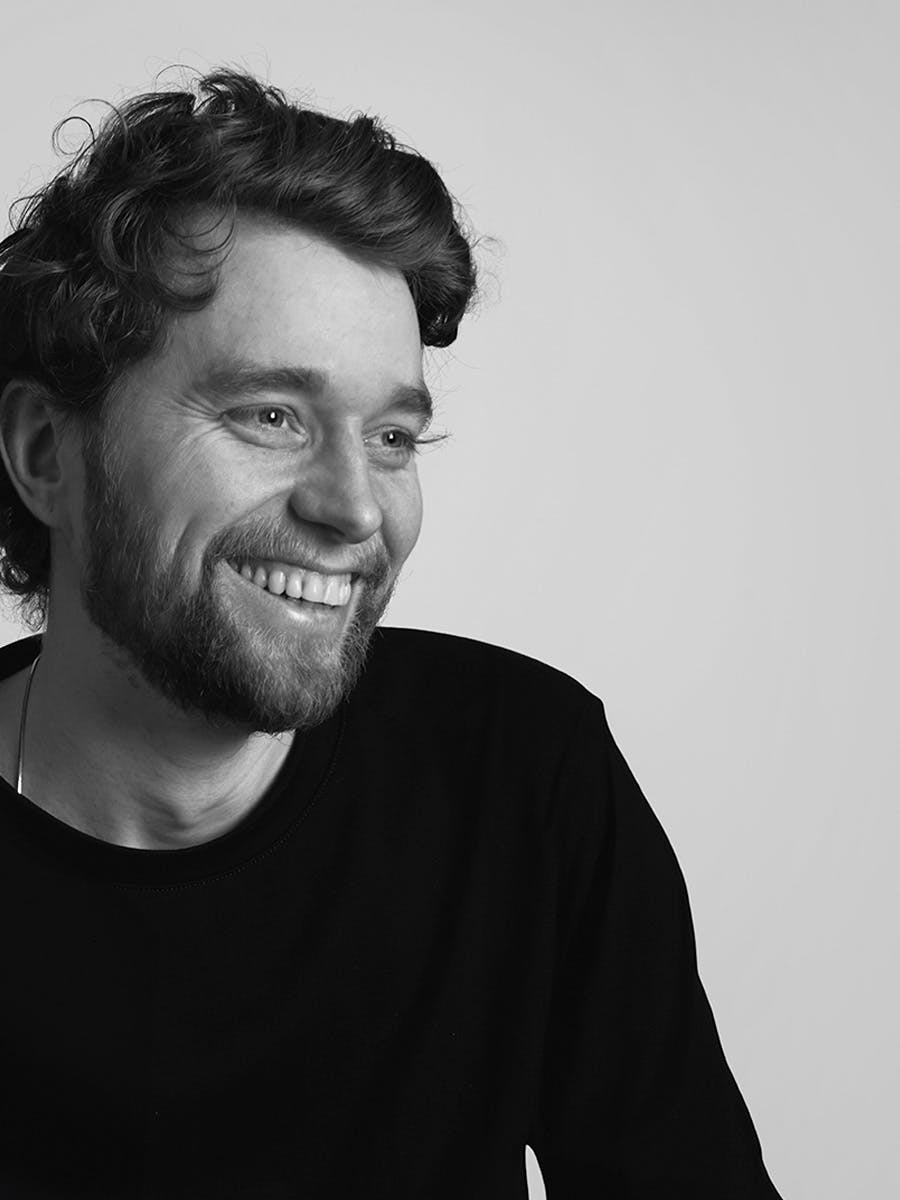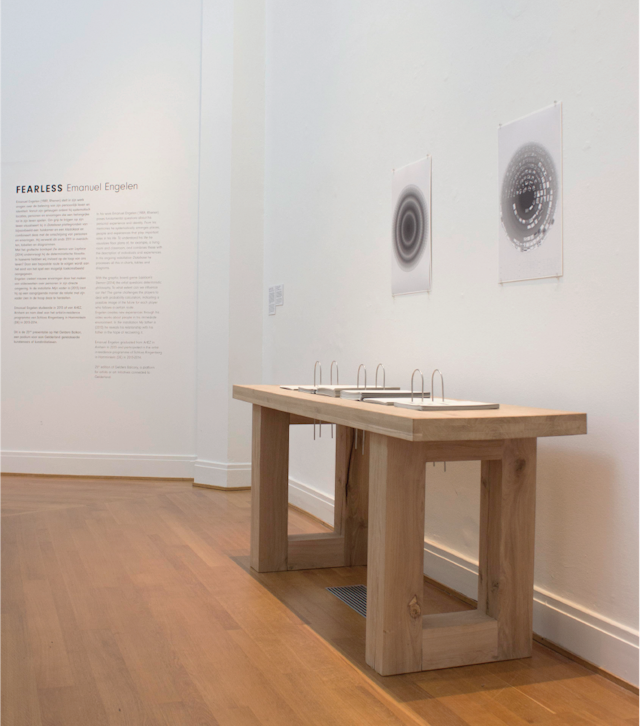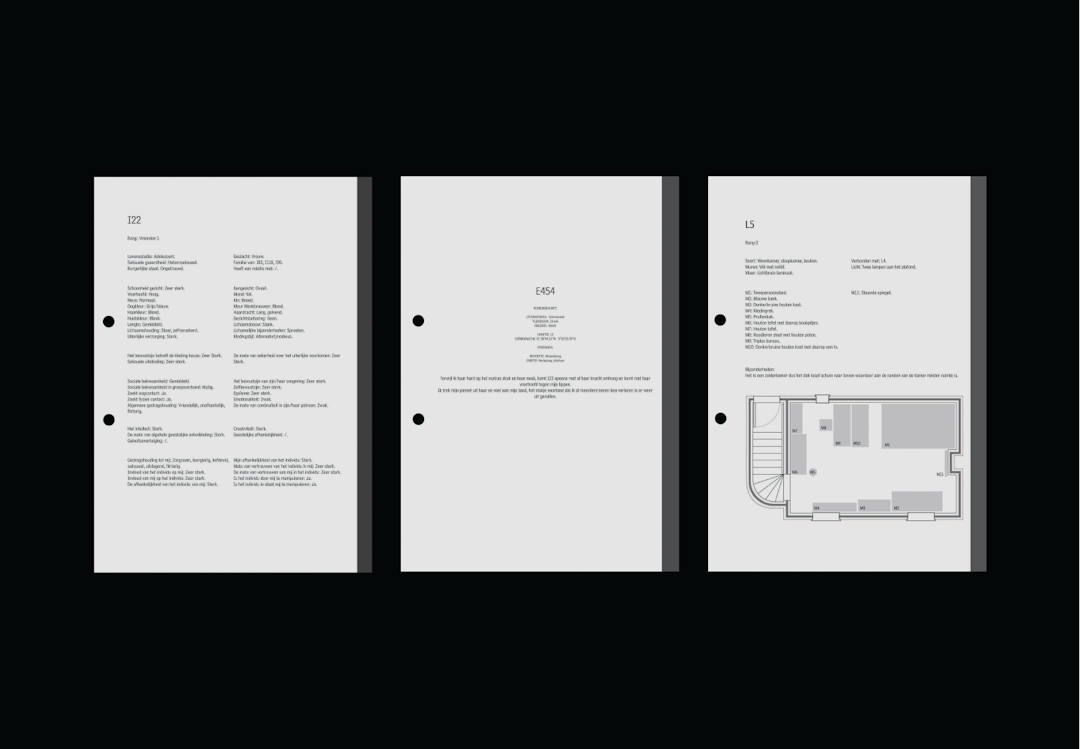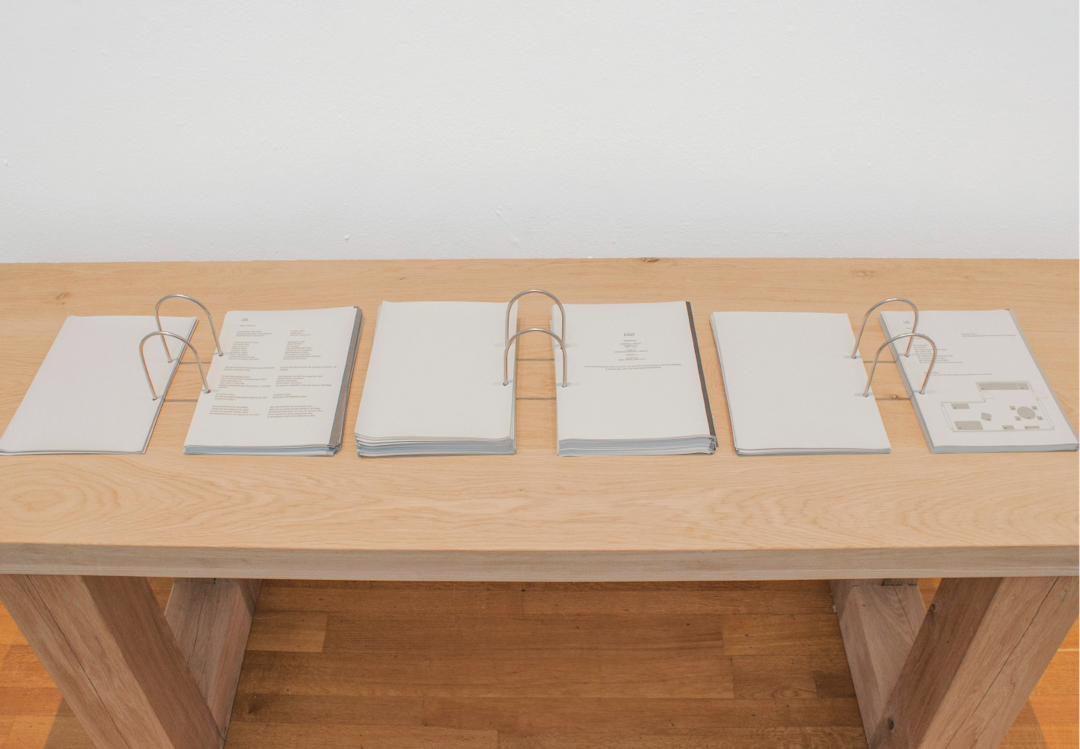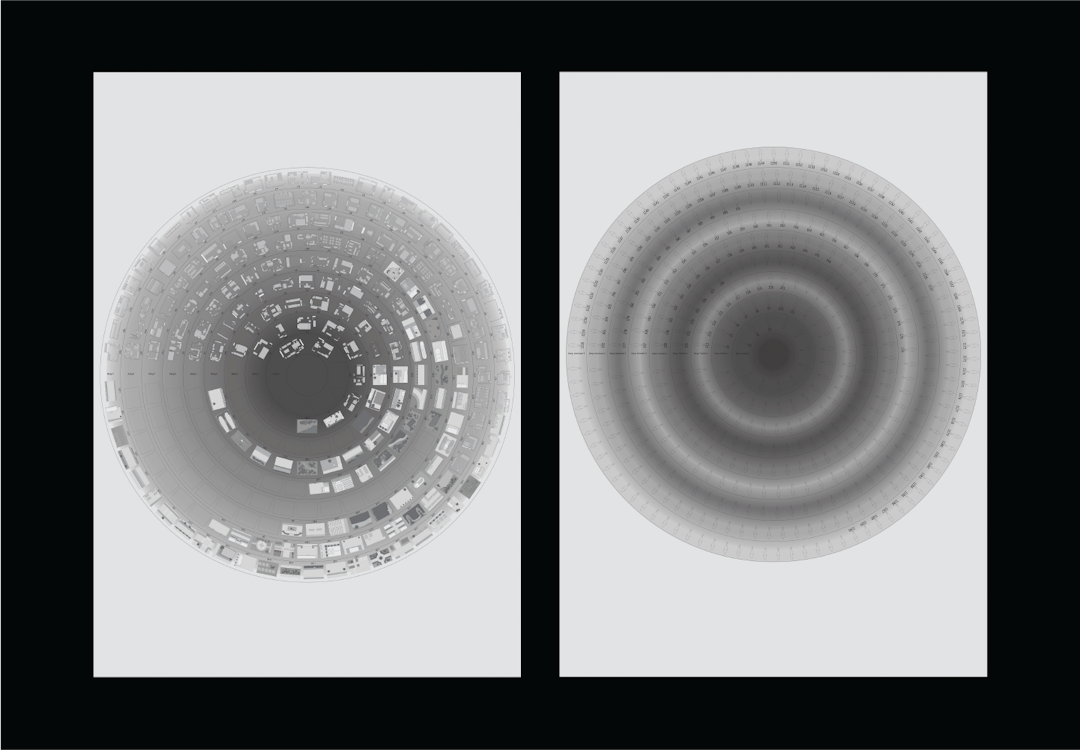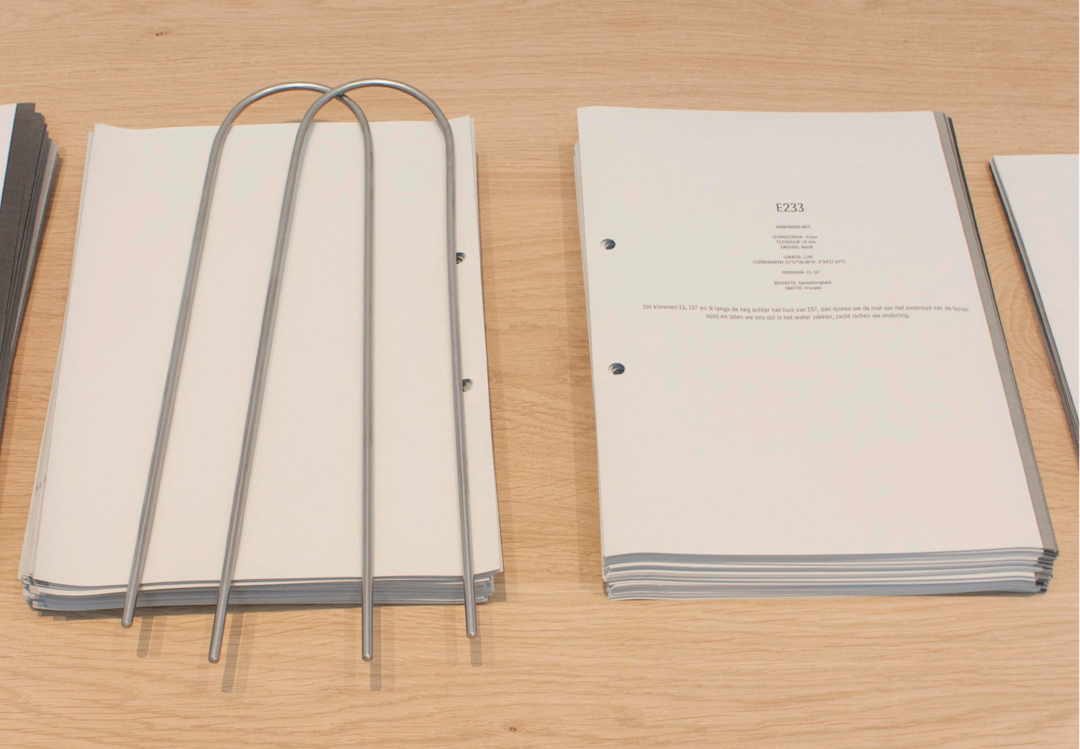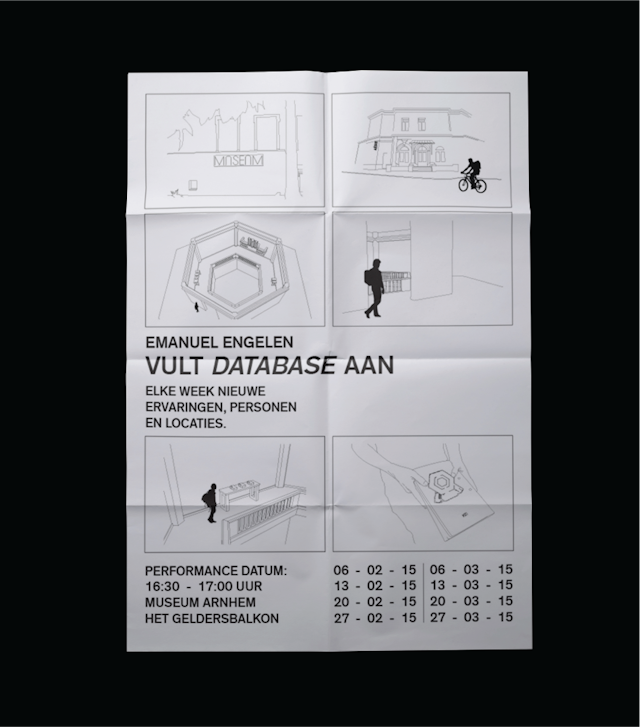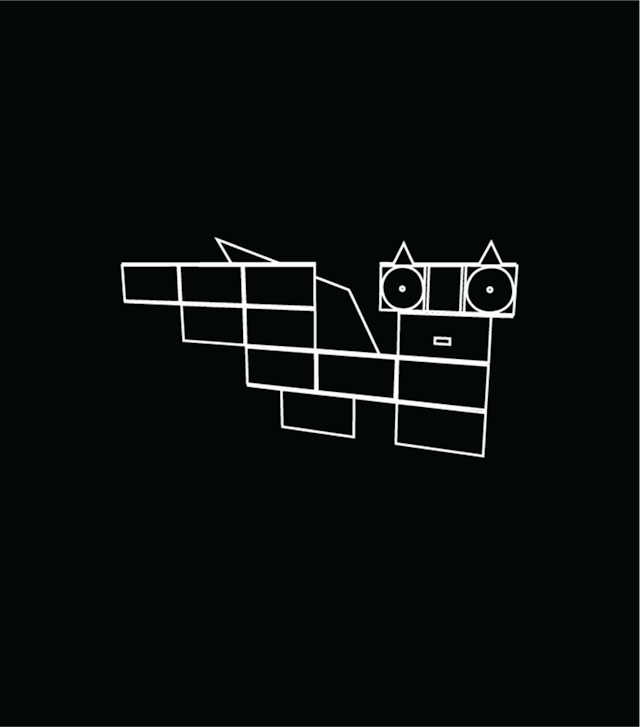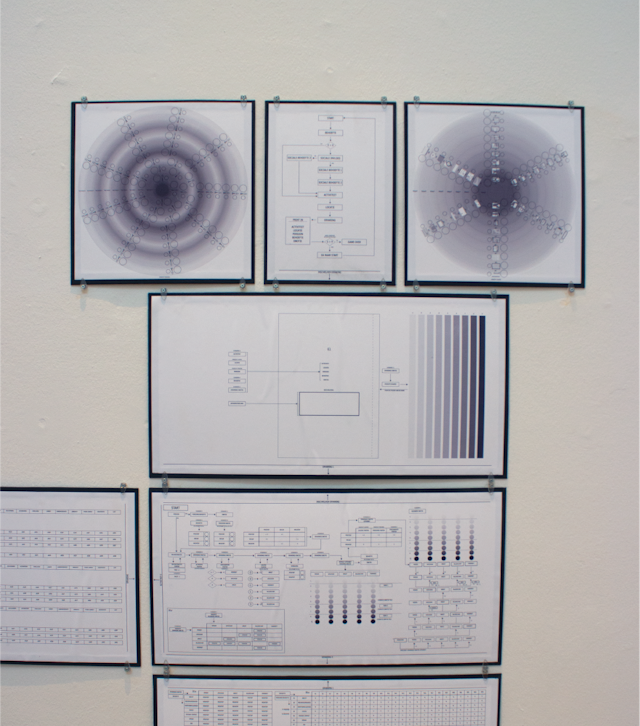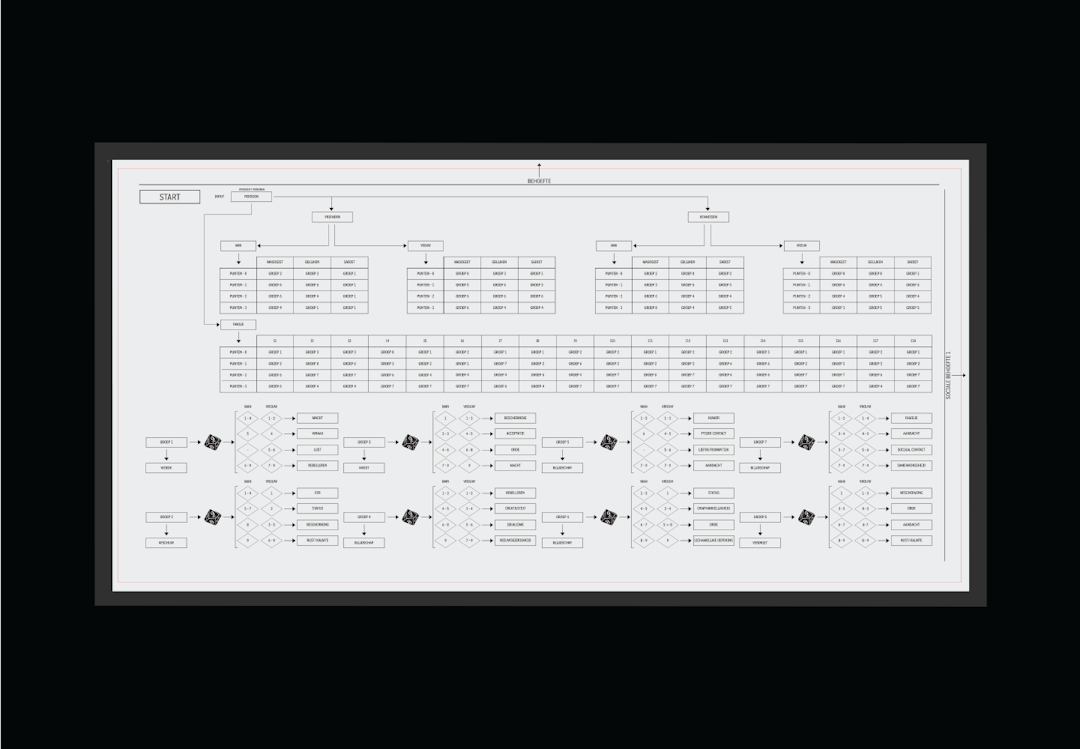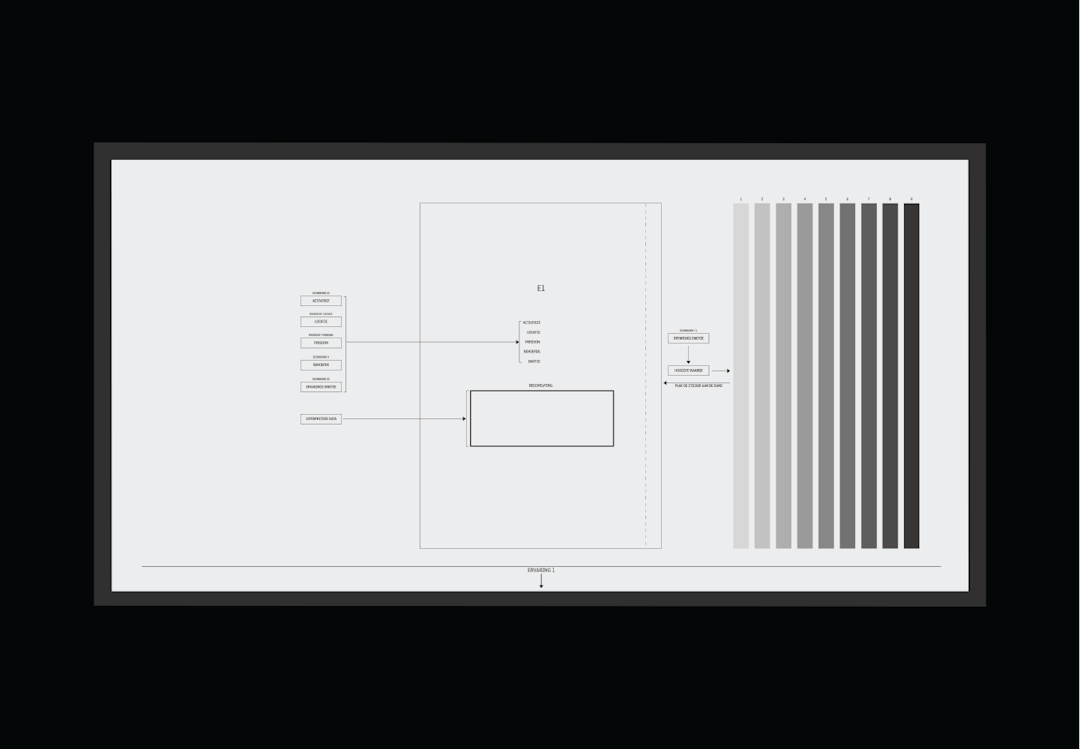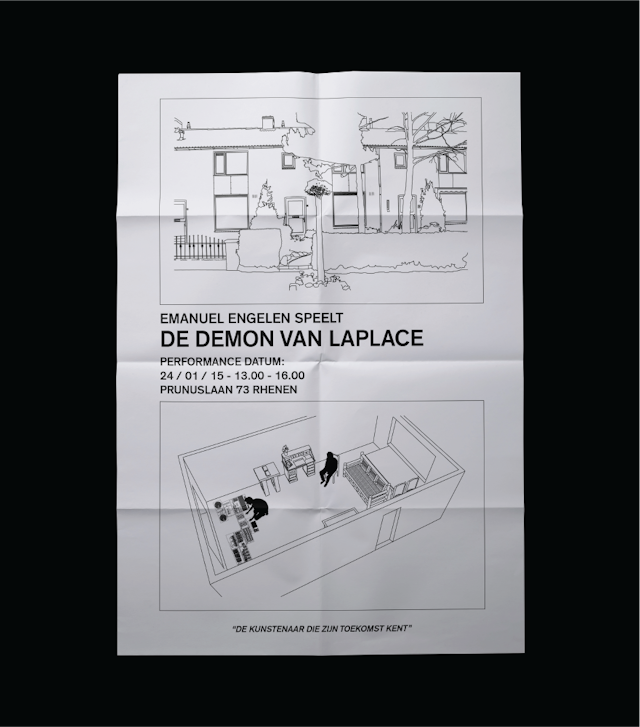
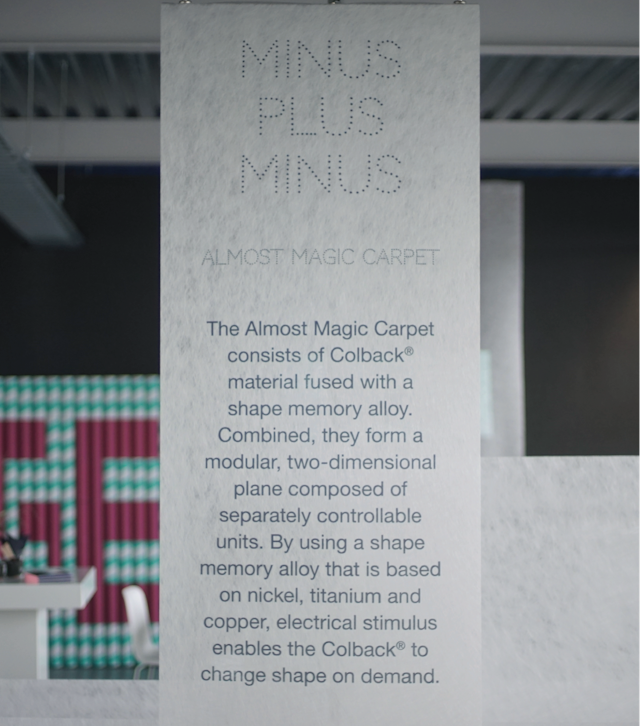
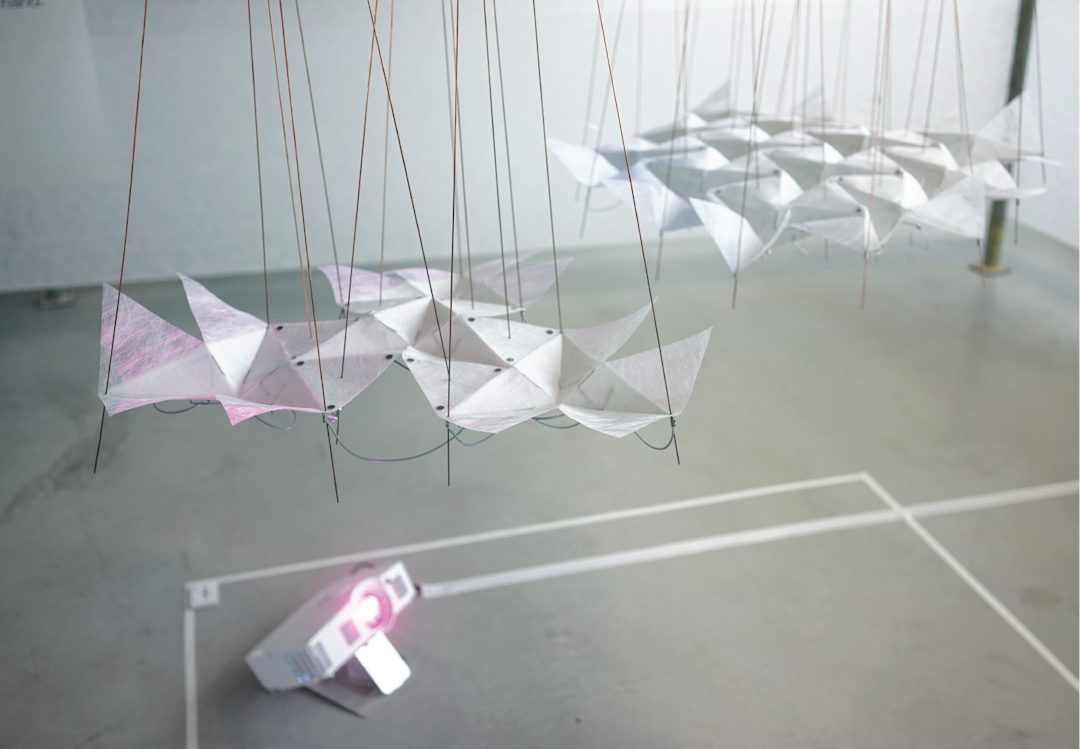
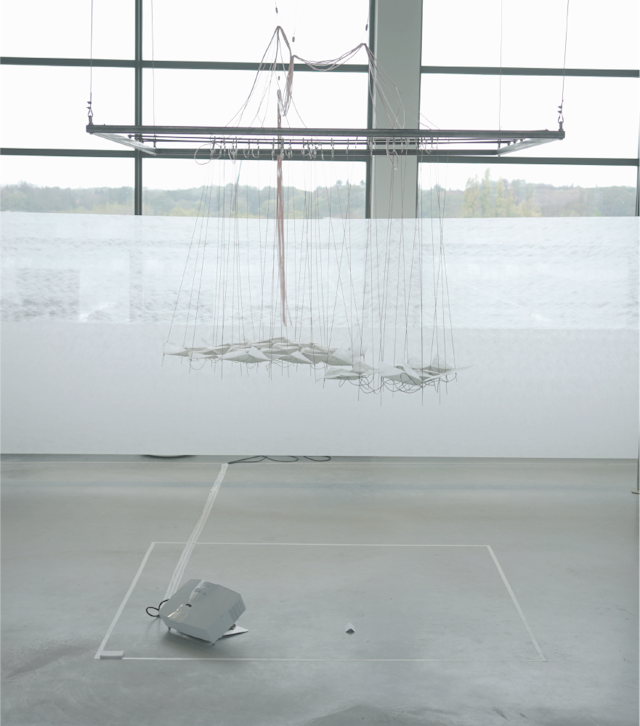
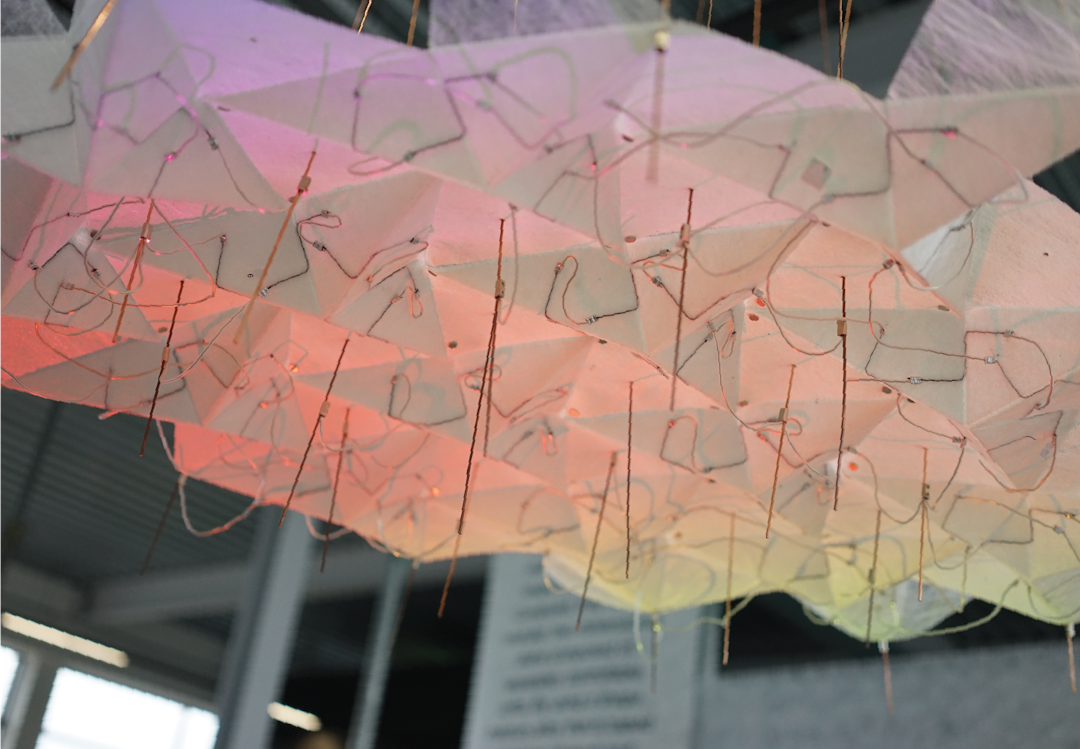







Almost Magic Carpet
2018"Almost Magic Carpet" was a collaborative project between Minus Plus Minus, Low & Bonar, and me that pushed the boundaries of material innovation. Working alongside Minus Plus Minus, we engineered a remarkable "smart material" by integrating Low & Bonar's Colback® sheets with nitinol, or memory metal. Our innovation involved crafting geometric shapes from the Colback® sheets, embedding pre-shaped nitinol wires within them, similar to hinges, allowing the structures to dynamically change shape when heating the wires. This experiment was prominently featured at Dutch Design Week in Eindhoven, showcasing the transformative potential of these materials and their applications in design and functionality.
Read more